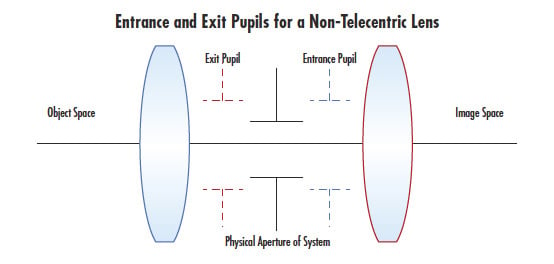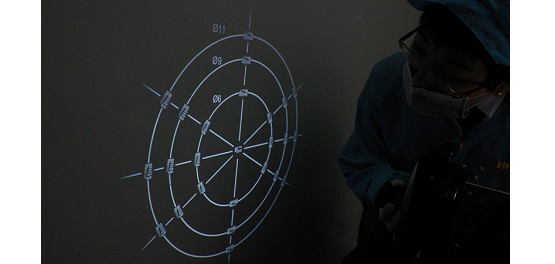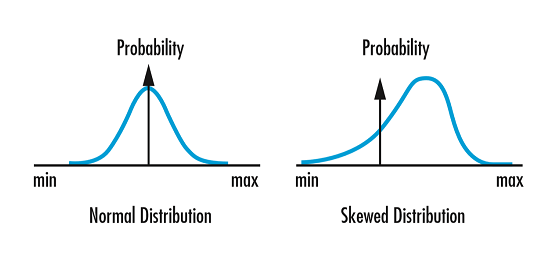Design vs. Manufacturing
This is Section 3.6 of the Imaging Resource Guide.
Nominal vs. As-Built
“How will this lens perform?” It may sound like a simple question, but the answer can be complicated. For a machine vision lens, certain factors first must be considered, such as the lighting used, the working distance (WD) to the object, the f/# of the lens, and the sensor size. These are all covered in previous sections. Then the question must be clarified: “how will the lens perform as-built as compared to nominal?
Nominal
Nominal design specifications assume the lens is built exactly as it is designed. By modeling the lens in a ray-tracing design software, such as Code V, Zemax, or otherwise, lens performance for any scenario is predictable and data is easily extractable. This is not always the best answer, though, as it assumes all factors are exactly as specified in the design model and without any tolerances, which is never the case in practice.
As-Built
In contrast, as-built describes the process of using statistical predictions to determine how a lens design will perform with manufacturing tolerances considered. As-built performance is difficult to predict; many factors must be modeled that may alter the performance of the lens, such as absolute position and shape of elements and the index and dispersion of the glass used. A typical tolerance file—the code used to provide the model with all the possible factors—has on the order of 100 to 200 components for a Zemax design simulation and 200 to 400 components for a Code V design simulation; this can vary significantly depending on the number of elements and the ways in which the elements are mounted.
A simplified description for modeling as-built performance is that every parameter is randomly varied, based on the tolerance ranges, and then statistically evaluated to determine how many random assemblies perform adequately. A few parameters are evaluated, such as modulation transfer function (MTF) at specific frequencies and field points; then from this, a probability of the lens reaching the performance requirements can be determined.
A lens’s nominal performance is easily predicted for any configuration and with any criteria, such as MTF, distortion, or spot size by using the prescription information. While this information does not provide as accurate of a prediction as toleranced, as-built performance, it can provide an approximation to the specific circumstances and is a useful comparative tool.
For more tips and information on managing the design of manufacturable lenses and assemblies, read Tips for Designing Manufacturable Lenses and Assemblies.













 Previous Section
Previous Section 



or view regional numbers
QUOTE TOOL
enter stock numbers to begin
Copyright 2023, Edmund Optics India Private Limited, #267, Greystone Building, Second Floor, 6th Cross Rd, Binnamangala, Stage 1, Indiranagar, Bengaluru, Karnataka, India 560038
California Consumer Privacy Acts (CCPA): Do Not Sell or Share My Personal Information
California Transparency in Supply Chains Act
The FUTURE Depends On Optics®